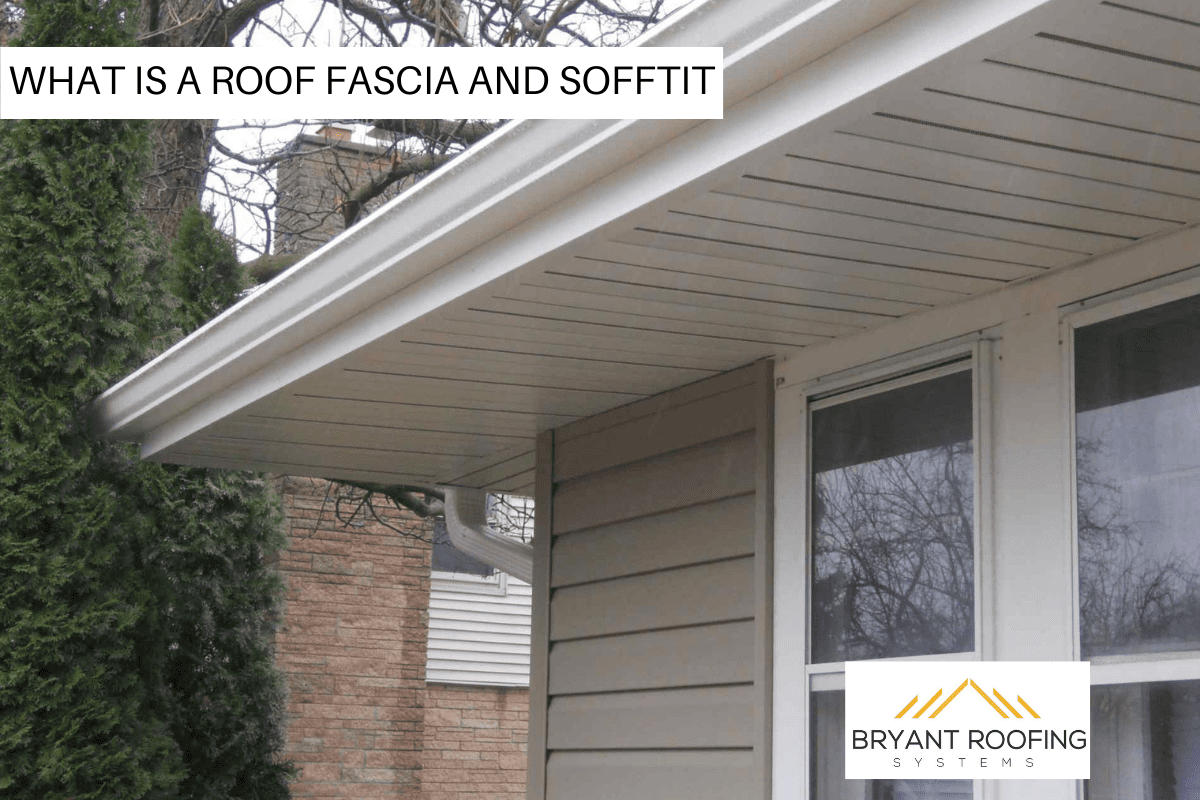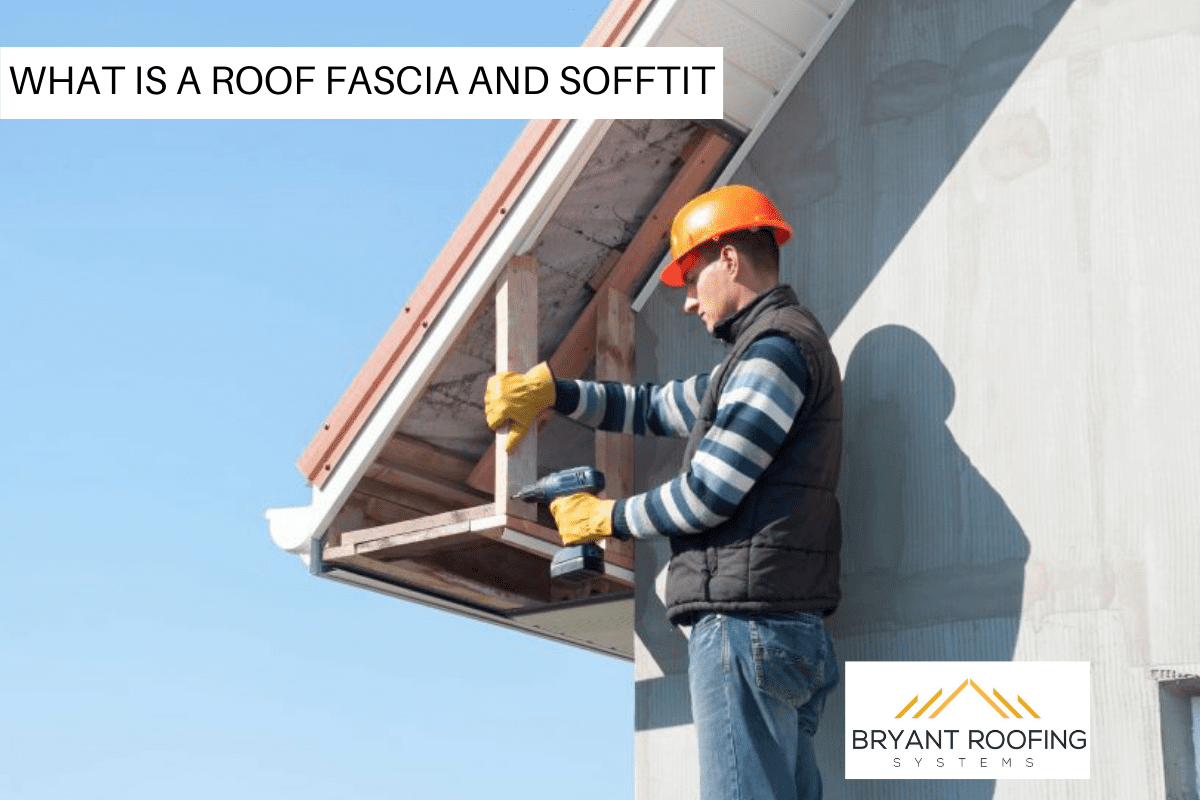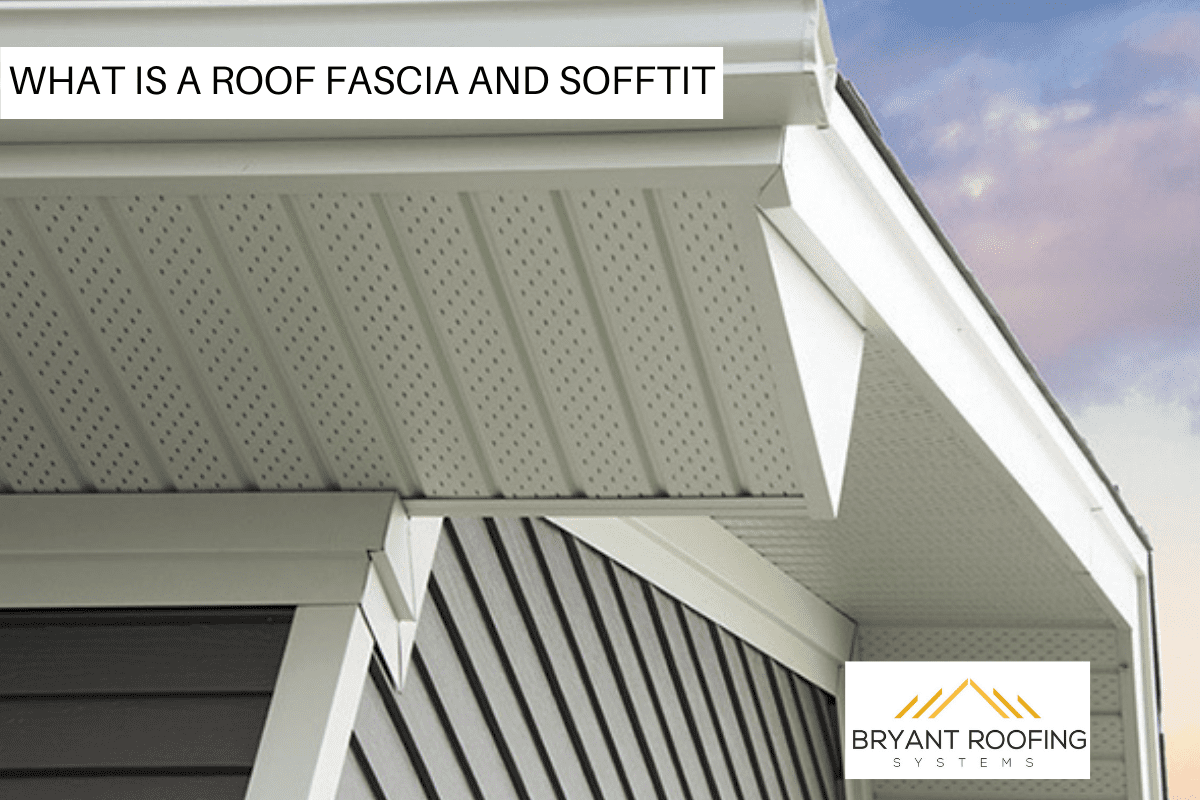
What is a Roof Fascia and Soffit
Several elements can damage fascia, including wind, hail, rain, snow, and ice. In many cases, fascia also wears out and naturally needs to be replaced over time. Fascia and soffit also add value to the home. They can hide ventilation systems, making for a more aesthetic view of the house. Investing in a new fascia is a wise decision because it protects the integrity of the roof and, as a result, the structure of the home.
How Do Fascia and Soffit Protect the Roof
Fascia and soffit work to stop water from blowing into the home during a rainstorm and keeps pests out. Additionally, this includes preventing birds and squirrels that may nest in the roof eaves otherwise. Also, when fascia has damage, it can cause gutters to sag, leading to damage and ineffective function of those systems. If the fascia has damage, it exposes the roof's wood frame, creating an increased risk of mold damage as moisture seeps.

Do Roofers Repair Fascia?
When that is the case, most roofers are trained to spot problems with fascia and gutters and the training required to take care of them. Besides holding the gutters in place, fascia also helps seal the interior of the attic. You will have to repair or replace the fascia in your home from time to time throughout its lifetime. Every so often in the lifespan of your home, you will see fascia repair or replacement.
Signs It's Time for Replacement or Repair Fascia
Unfortunately, fascias and soffits don't last forever. Just like the other parts of your roof, they are constantly being exposed to damaging wind, humidity, sun, rain, and critters. It is a good idea to get in the habit of inspecting your fascias and soffits twice a year.
Fascias and soffits are essential components of the structure of a property. Moreover, they prevent moisture from entering the home and protect the roof from damage. It is inevitable. However, the fascia and soffits will need to be replaced, so homeowners should know when to replace them.

Replacing the fascia minimizes the risk of damage to the roof itself. If the fascia is in poor condition, the wood underneath is exposed, allowing for moisture to build up, and in some cases, allow the ends of the rafters supporting the roof to rot. As that happens, the roof warps and suffers damage, leading to the need for a repair or replacement.
Replacement of the fascia offers clear benefits:
- It keeps small animals and pests out.
- It hides the ventilation for the attic space.
- It protects the wood structure of the roof and home.
- The home's exterior has a smooth, well-maintained look.
- It minimizes moisture exposure for the whole home.
How Long do Fascia Boards Last?
Well installed and maintained wooden fascia can last for up to 20 or 30 years before deteriorating. However, some might need replacing within 5 to 10 years.
Rotting Fascia Boards
Damaged or broken gutters are the most common cause of fascia boards rotting. The excess water from an old and leaky gutter system or an improperly aligned downspout will cause the fascia to rot over time.
Get Your 24-Hour Estimate
$500 OFF
COMPLETE THIS FORM TO CLAIM $500 OFF YOUR QUALIFYING ROOF JOB

317-342-4050service@bryantroofs.comMon – Fri: 8:00 – 05:30





